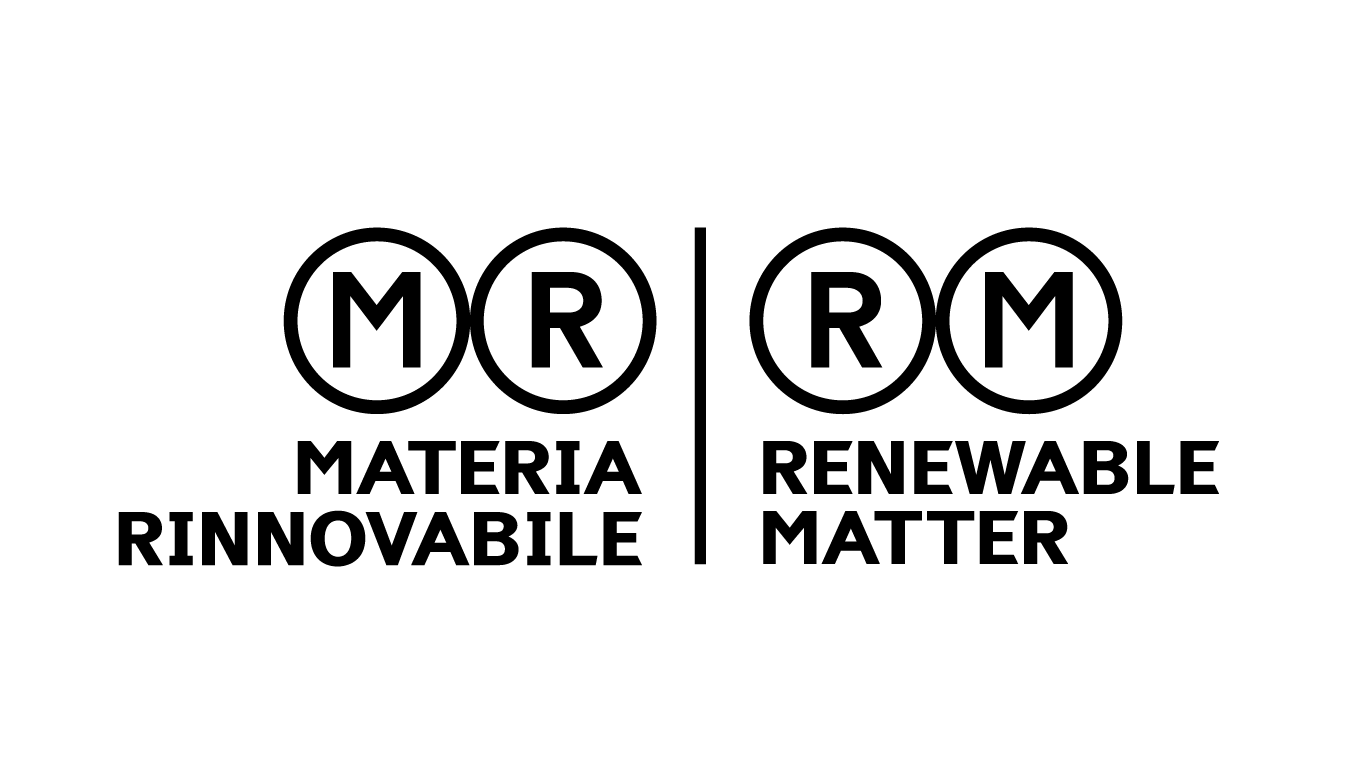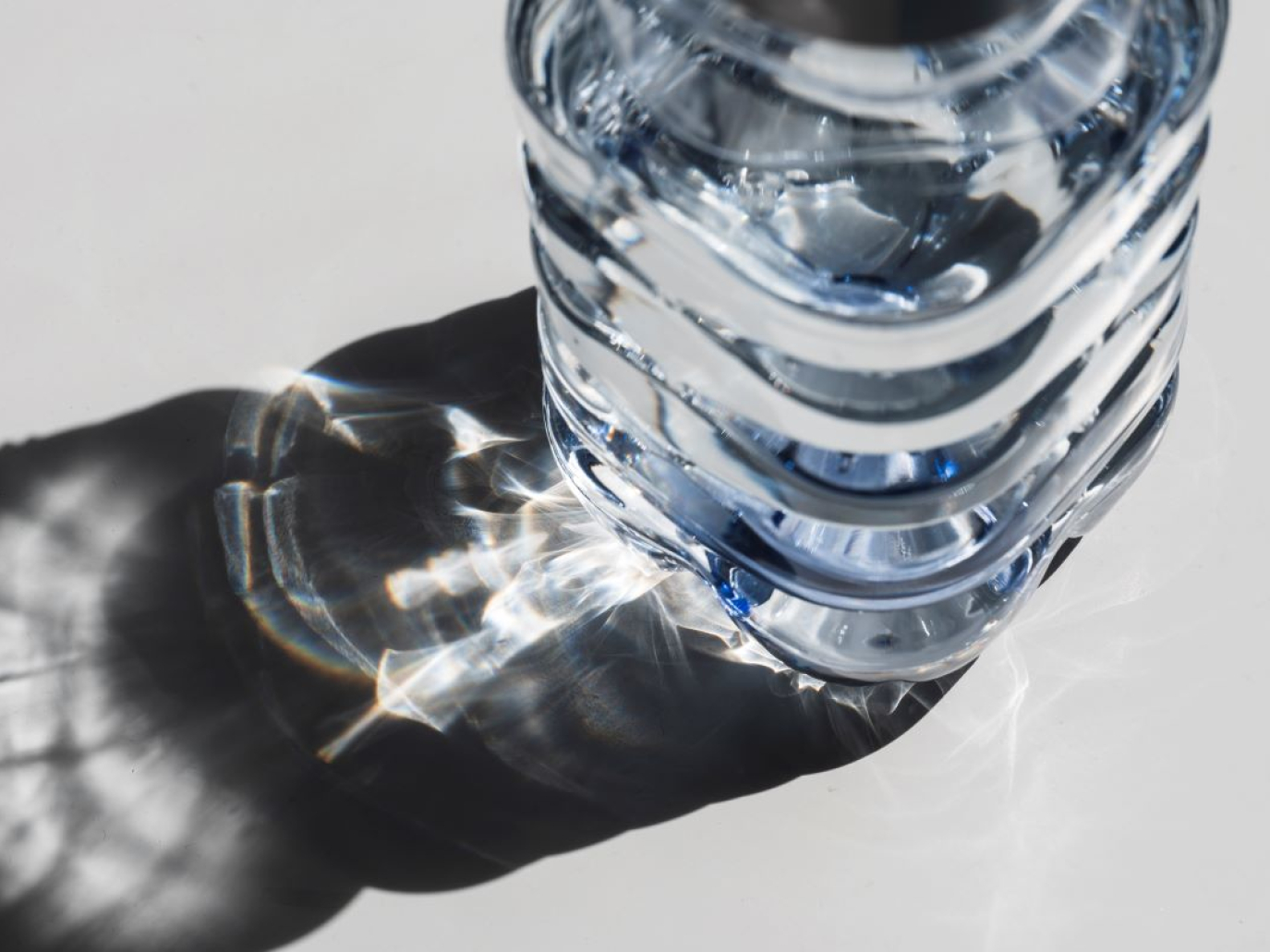This article is also available in Italian / Questo articolo è disponibile anche in italiano
‘Mineral’ does not necessarily mean pure. In recent years, there has been much talk about the presence of microplastics in water. Several studies, such as those conducted by Columbia and Rutgers Universities in the United States, have shown that a litre of bottled water can contain up to 100 times more nanoplastics than previously estimated, with an average of nearly 250,000 fragments. Today, however, the focus is shifting to PFAS, toxic chemicals that are difficult to eliminate.
In Italy, a recent survey by Altroconsumo on 21 brands of natural water on the market raised new questions about the quality of mineral water. Only 11 received an overall positive evaluation, while 6 were rejected due to the presence of unwanted substances like TFA (trifluoroacetic acid), an ‘eternal pollutant’ belonging to the PFAS family. Among the labels under scrutiny are names familiar to millions of Italian families: Panna, Esselunga Ulmeta, Maniva, Saguaro (Lidl), Levissima, and Fiuggi. The last two were also penalized for excessive levels of arsenic.
Altroconsumo did not just analyse bottled water; they also compared the presence of PFAS in public water to that in bottled mineral water from the same areas, finding similar or slightly lower levels of TFA. This spread highlights the urgent need to establish specific regulatory limits for this chemicals in water intended for human consumption, as Italy is doing with a recent decree. This is while waiting for the European Chemicals Agency (ECHA) to complete its work on more generally limiting the use of PFAS, and for the EU to develop a broader ban to protect health, the environment, and the economy, especially the circular one.
Bottled water also contains TFA
“The mineral water test is an analysis we regularly conduct, an ongoing comparison between different products,” explains Claudia Chiozzotto of Altroconsumo to Renewable Matter. “We analyse the parameters listed on the bottle labels and, from time to time, we also try to include some emerging contaminants, especially when dealing with natural waters. The goal is to capture topical issues. This year, the main focus was, of course, on PFAS. The decision was influenced by both the recent Greenpeace investigation and the release of the Forever Pollution Project in the latter half of last year. Both have received significant media attention, particularly due to the map illustrating the distribution of PFAS in water bodies, published by the European Environment Agency.”
The survey assessed the chemical and physical composition of the water (mineral salts, nitrates, fluorides, heavy metals), the presence of contaminants, the environmental impact, and the convenience of the packaging, as well as the completeness of the label. The result? Only 11 out of 21 waters received an overall positive rating. Among the remainder, 6 were penalised primarily for the presence of TFA.
“We detected the presence of total PFAS, albeit in quantities below the detection limit set by our methodology,” Chiozzotto continues. “However, TFA was found in most of the bottled water samples we analysed. Based on these results, some products were penalised because they had a TFA concentration that would already exceed the 500 nanograms per litre limit set for tap water. Since there is still no specific limit value for mineral waters, we have adopted the current limit for drinking water as a reference. This is because TFA is, in effect, a PFAS, falling within the definition of ‘total PFAS’ as outlined in the European Drinking Water Directive.”
Tap water is “more sustainable” and controlled
Altroconsumo decided to further investigate by taking samples from the waters surrounding the mineral water springs. “The goal was to determine whether contamination was higher, lower, or otherwise still present in the tap water in the surrounding areas,” adds Chiozzotto. “The analysis was conducted in various regions of Italy, including the provinces of Cuneo, Turin, Florence, and Sondrio. Beneath mount Monviso, in particular, there are several springs, and within the same municipality more than one brand can be bottled.”
The contamination levels detected by Altroconsumo in drinking water were generally in line with those found in bottled water. In eight out of ten cases, bottled water contained slightly more TFA than water from public drinking fountains. Only in two cases did the tap water have a higher concentration. However, Chiozzotto emphasizes, “the difference was minimal, just a few nanograms per litre.”
During their travels, the experts from Altroconsumo also collected samples in the cities, given the small size of the mountain municipalities where the analysed springs are located. “Positive news emerged, for example, from the Milan aqueduct, where the concentration of TFA was lower. [...] In Turin, I took a sample from the Casa dell’acqua in Piazza Galimberti and another from the municipal fountain in the same square. I chose chilled water, thinking it might be the most commonly used. Unfortunately, Turin showed rather high values: the sample from the Casa dell’acqua was perhaps the most contaminated among all those analysed. In the fountains, we looked exclusively for TFA,” specifies Chiozzotto, emphasizing the need for more controls.
“Bottlers can rely on extremely stable tanks and water reserves. For this reason, they regularly conduct seasonal analyses of water quality and possess a deep, historical understanding of their resource. In many cases, these companies work diligently to protect the natural heritage they safeguard, namely mineral water. However, with the increasing spread of pollutants like PFAS, microplastics, and other emerging substances, it is becoming increasingly necessary to intensify controls on both sources and bottled water samples. The issue is complex. Constantly pointing fingers at drinking water has had negative effects over time, leading consumers to move away from using tap water. Yet, it remains the most sustainable choice overall. The consumption of mineral water has a significant environmental impact, stemming from both the production of plastic and the CO₂ emissions from transportation.”
Tap water in Italy remains affordable, safe, and complies with legal standards in almost 100% of cases, as certified by the Istituto Superiore di Sanità (ISS) in 2024. Here is the paradox: according to CENSIS, despite the high quality of public water, in 2022 Italy ranked second in the world for per capita consumption of bottled water, with 208 litres per year per person, surpassed only by Mexico (244 litres).
“This is not to demonise mineral water, which would be completely inappropriate. However, the data published by Altroconsumo, unless disproved by better evidence, certainly raise some concerns,” Alberto Mantovani, chair of the Scientific Committee of the PFAS - Fosan ETS observatory, told our newspaper. “These concerns may arise from the origin of the water, but also from the journey it takes from source to bottling. In light of this, I believe it is absolutely necessary, as a simple act of common sense, to increase the level of attention paid to mineral waters, especially considering their high consumption in Italy. This is not a niche phenomenon; it affects the vast majority of the population.”
Why should we limit the use of PFAS?
During the investigation, Altroconsumo launched a petition to “urge the government to support the ECHA proposal to limit the use of PFAS, as Germany, the Netherlands, Sweden, Norway, and Denmark have already done. They also call on the EU to implement a broader ban on these substances to protect health and the environment,” stated a press release.
“The latest data on long-chain PFAS, particularly PFOS and PFOA, unfortunately confirm what the European Food Safety Authority (EFSA) has already indicated. We are talking about substances that are highly persistent and have a strong capacity for bioaccumulation in the body. Unlike other more traditional contaminants, which accumulate in fats, these substances bind to proteins. This means that the body accumulates these compounds in a completely different way,” adds Mantovani.
“The EFSA assessments of the cumulative tolerable dose for various long-chain PFAS appear to be entirely justified. This is an extremely low threshold, justified by the proven vulnerability of the immune system, as well as the reproductive and thyroid systems. The effects are never dramatic or immediately apparent, but they do occur at low doses and are evident in epidemiological studies conducted on the human population. Another observed effect is a reduction in birth weight, likely due to interference with the placenta rather than the foetus itself. Again, this is not a striking effect at the individual level, but it can have a significant impact on a large scale. One of the most worrying consequences, especially for children, is the reduced vaccine response. This clearly indicates a tangible impact on health. On this point, I would say there are no more doubts. It’s time to stop claiming, as I’ve unfortunately heard some public administration representatives still do, that ‘we don't know enough.’ Enough is enough.”
PFAS are dangerous to health and the environment, and a barrier to circularity
“If, like Altroconsumo, we look for them in water, they are there. If, like Global 2000, we look for them in wine, they are there. If, as happened in the States, we look for them in beer, they are there, too. It’s no surprise: PFAS have gained popularity as ‘excellent’ substances, boasting outstanding anti-grease, anti-moisture, and flame-retardant properties. These qualities have made them suitable for use in various sectors, including electronics, packaging, fire-fighting foams, cosmetics, and pharmaceuticals. When released into the environment, they are invisible and odourless. In short, they are the perfect molecule, an excellent product of our technology – but from the 1940s,” says Riccardo Piunti, president of the National Consortium of Waste Oils (CONOU), to Renewable Matter. He adds that more and more studies are showing how these substances are dangerous to health. “In Italy, the causal link has already been demonstrated by the first ruling on the death of a worker in Vicenza, as well as the unfortunate case of the three firefighters in Arezzo.”
As Piunti explains, when it comes to PFAS, there is a long list of issues that should be communicated more clearly. “It is not true that short-chain compounds are ‘better’; they do similar damage, and because they are more permeable, they can pass through the skin. It is not true that they can be easily removed from water, because even if they are, they return to the cycle through the regeneration or destruction of the used filters. It is not true that they can be destroyed by combustion, as even at 1,400°C, there is no certainty that they will not recompose or resist. Other methods to destroy them are still being studied, and in the meantime, PFAS persist, undermining the circular economy as they accumulate in waste management systems, water, or sewage sludge. Also, we are not addressing the issue adequately. This includes the need for thorough, regular checks, which could be entrusted to environmental NGOs, as well as the search for destruction methods and the study of alternatives for use, leading to the progressive ban on their manufacture and use.”
With a caveat: “PFAS are not just environmental contaminants; they are chemicals that have real utility. We must therefore work on effective substitutes, but avoid replacing them with equally toxic compounds in our rush to solve the problem. We should avoid a so-called ‘regrettable substitution’ at all costs,” Mantovani reminds us.
Cover: Envato image



